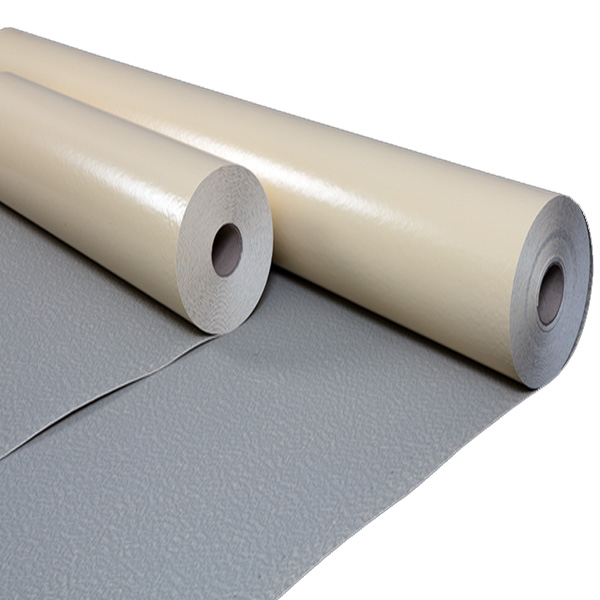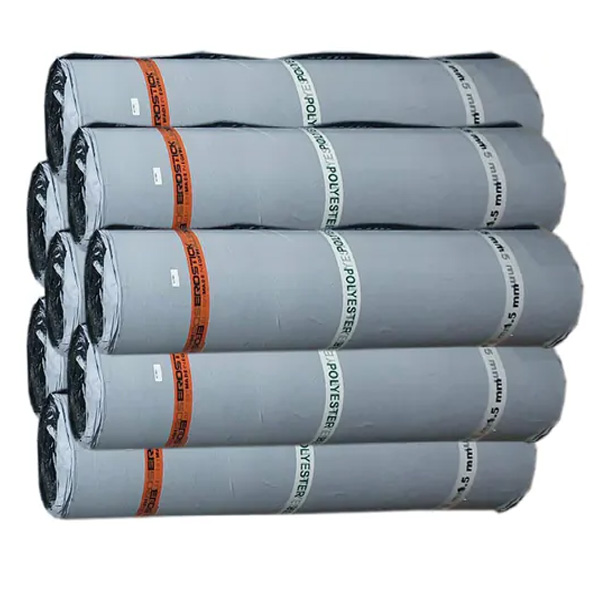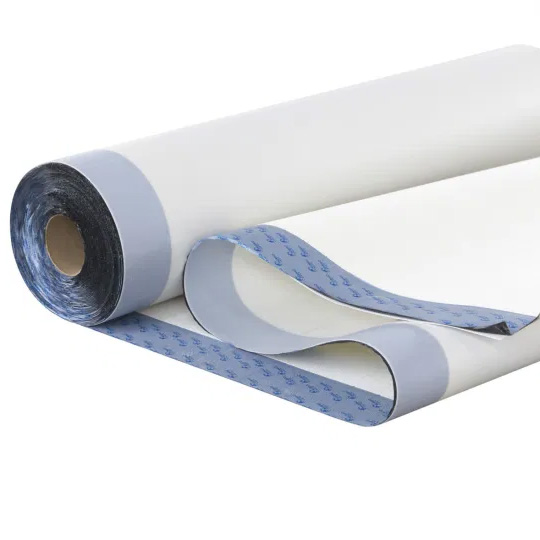When looking for an economical waterproofing solution, many people immediately think of the 0.5mm HDPE membrane because it is inexpensive and easy to handle. However, whether this thickness is truly suitable for your project requires careful analysis of multiple factors.



.jpg)
In practical waterproofing work, many small projects with limited budgets or temporary needs tend to choose thinner materials to save costs. This is why the 0.5mm hdpe waterproofing membrane is mentioned most often when searching for a low-cost solution that still prevents water seepage. Owners of small fish ponds, landscape ponds, or temporary containment pits often want to know whether the 0.5mm thickness is good enough or if they need to upgrade.
However, this “thin and cheap” feature also raises concerns:
These questions create a need for in-depth analysis to make the right decision.
Users typically worry most about durability and UV resistance when dealing with thin membranes. However, the quality of a 0.5mm hdpe waterproofing membrane is not determined by thickness alone; it also depends on multiple technical factors. Understanding these core aspects helps you evaluate which products meet standards and which ones to avoid. Important factors to consider include:
Standard 0.5mm HDPE typically has:
⇒ High values → less likely to tear in real-world use.
Thus, thickness is not the only factor determining quality. The important thing is choosing a membrane that meets technical standards.
Technical surveys in Vietnam show that the 0.5mm thickness accounts for roughly 35-40% of demand in small and short-term projects. This confirms that thin membranes do have a role, but their performance must be clearly understood to avoid misapplication. Below is a detailed analysis of the characteristics of the 0.5mm hdpe waterproofing membrane.
HDPE membranes have almost zero water permeability according to ASTM standards.
→ The 0.5mm membrane still provides excellent waterproofing but is more prone to puncture from sharp stones or objects.
|
Criteria |
HDPE 0.5mm |
HDPE 1mm |
|---|---|---|
|
Durability |
Medium |
Very high |
|
UV resistance |
3-5 years |
7-15 years |
|
Suitable for aquaculture |
Small ponds |
Industrial fish/shrimp ponds |
|
Puncture resistance |
Low |
High |
|
Price |
Lowest |
1.8-2.3× higher |
Due to its thinness, welding requires careful operation and twin-track welding machines.
→ Welds can burn through easily if the installer lacks experience.
This analysis shows that the 0.5mm hdpe waterproofing membrane is not a “bad” choice-it is simply suitable for specific project types.
Have you ever wondered why many small projects still choose the 0.5mm HDPE membrane despite its risk of tearing? In reality, this thin type offers clear benefits, but you must understand its limits to avoid failures caused by using it incorrectly. Below is an evaluation based on technical data and real-world installation experience.
Many projects fail after only one year simply because they chose cheap, substandard material. This is why you must carefully assess your needs before purchasing.

A farm owner in Đồng Nai shared that he used 0.5mm HDPE for a 50m² ornamental fish pond and it lasted 4 years without any issues. But when he expanded to a 1,200m² shrimp pond and continued using the 0.5mm type, he had to replace everything after two cycles. This story shows that thickness selection must match real-world conditions-one type cannot be used for all cases.
In the past, 0.5mm HDPE was mainly used for temporary soil lining or very small ponds. But with improved extrusion technology in recent years, its quality has become more stable and suitable for more applications. However, price and standards still determine reliability.
(prices vary by brand and time)
|
Specification |
Price/m² |
|---|---|
|
0.5mm smooth HDPE |
12,000 - 20,000 VND |
|
0.5mm UV-standard HDPE |
18,000 - 25,000 VND |
|
0.5mm export-grade HDPE |
25,000 - 32,000 VND |
Required standards
Installation notes
Choosing a membrane that meets standards may cost more but has dramatically longer lifespan.
Strong UV accelerates aging → lifespan reduced to 2.5-4 years.
Catfish, snakehead, carp create strong impact → 0.75-1mm recommended.
High puncture risk → must use sand + geotextile underlayment.
0.5mm HDPE is insufficient for long-term corrosion → suitable only for temporary or small-scale testing.
The 0.5mm hdpe waterproofing membrane is a good choice if used for small, short-term, or low-stress applications. Its greatest advantage is low cost and easy installation, but limitations in lifespan and strength make it unsuitable for industrial aquaculture or large ponds. Carefully assess your needs to choose the right thickness for optimal cost and long-term safety.
No. Intensive shrimp ponds involve strong movement that easily tears the membrane. Use 1.0-1.5mm to ensure lifespan and pond hygiene.
During prolonged direct UV exposure, especially in hot regions. The membrane fades, becomes brittle, and cracks.
Yes, if the pond is small (under 60-80m²) and the base is leveled properly. This is a common and effective use.
Yes, but the surface must be cleaned and an HDPE patch of the same type must be used. If many punctures occur → replacement is recommended.
No. Large roots can puncture the membrane. Clear roots beforehand or use a geotextile underlayer.